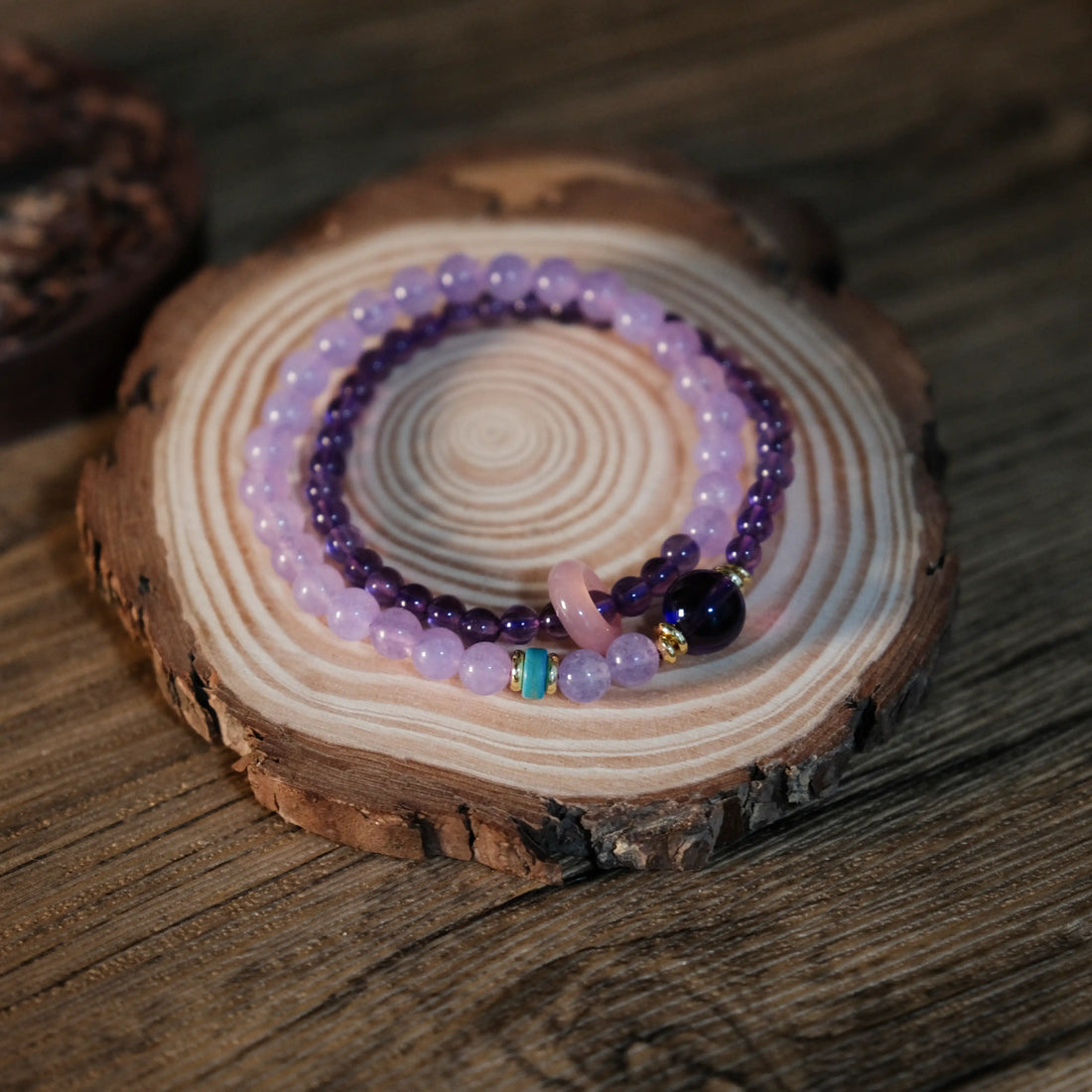
Cultural Meaning in Modern Chinese Jewelry: Blending Tradition and Aesthetics
Share
Chinese traditional jewelry has never been only about beauty. From ancient jade pendants to embroidered hairpins, the act of “wearing” carried meaning—status, blessings, values, and even social etiquette. As accessory design evolves, modern artisans now strive to balance traditional symbolic meaning with contemporary fashion.
1. The Cultural Meaning of Wearing in Ancient China
In Chinese history, “wearing” (佩戴) was a deeply ritualized act: - Jade pendants reflected morality and status, as described in Confucian texts like The Book of Rites (礼记) - Hairpins, belts, earrings indicated age, marital status, or official rank - Gifts of jewelry symbolized affection, virtue, or auspicious wishes
Wearing was never arbitrary—it communicated personal character and harmony with cosmic order.
2. How to Make Culturally Inspired Jewelry More Everyday
Today, jewelry designers reinterpret traditional Chinese meaning in ways that resonate with younger generations: - Subtle motifs: miniature Bagua, Taiji, lotus, or clouds engraved into minimalist metal pieces - Natural materials: red threads, jade beads, or carved wood paired with neutral tones - Symbolism without superstition: focusing on harmony, resilience, or good relationships rather than overt “luck”
This creates cultural temperature—a quiet warmth in everyday design.
3. Comparison: Chinese, Japanese, and Korean Design Approaches
· Japanese jewelry: Often wabi-sabi inspired, focuses on imperfection and organic texture
· Korean design: Trend-driven, uses soft curves, pastel colors, and pearl accents
· Chinese design: Traditionally rooted in structure, balance, and symbolism; modern styles tend toward geometry, folklore patterns, and deeper narrative content
Chinese accessories emphasize philosophy and meaning over mere cuteness or trendiness.
